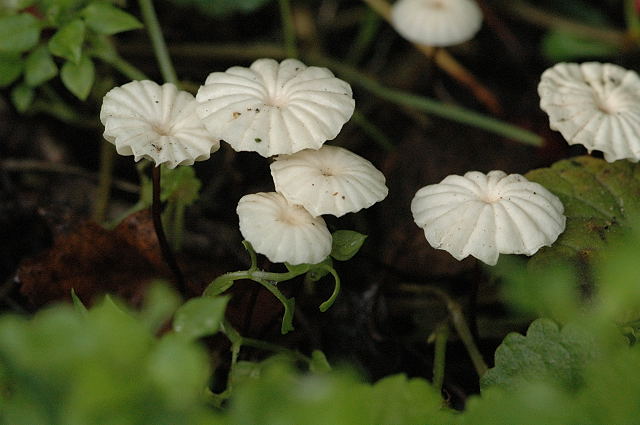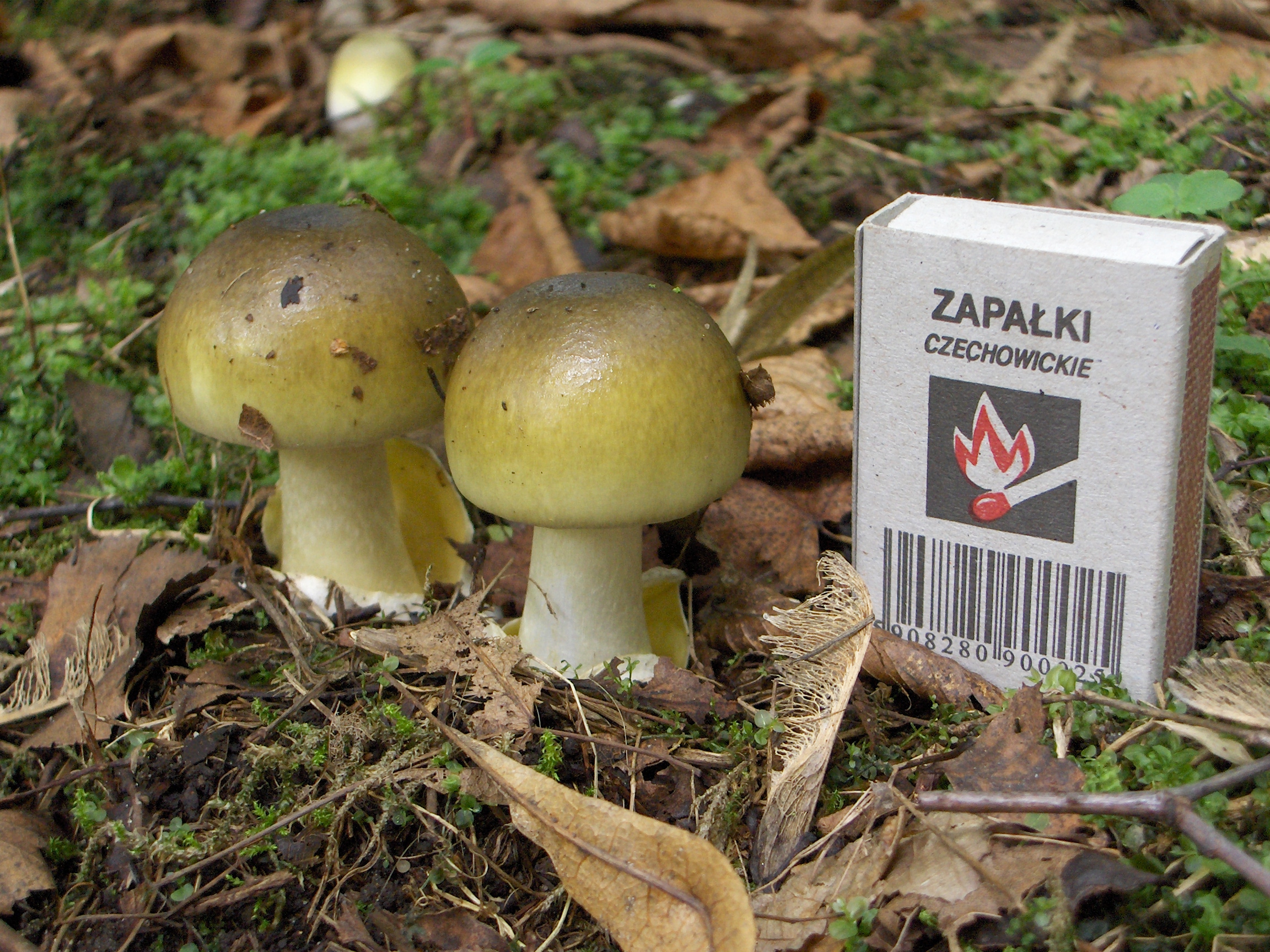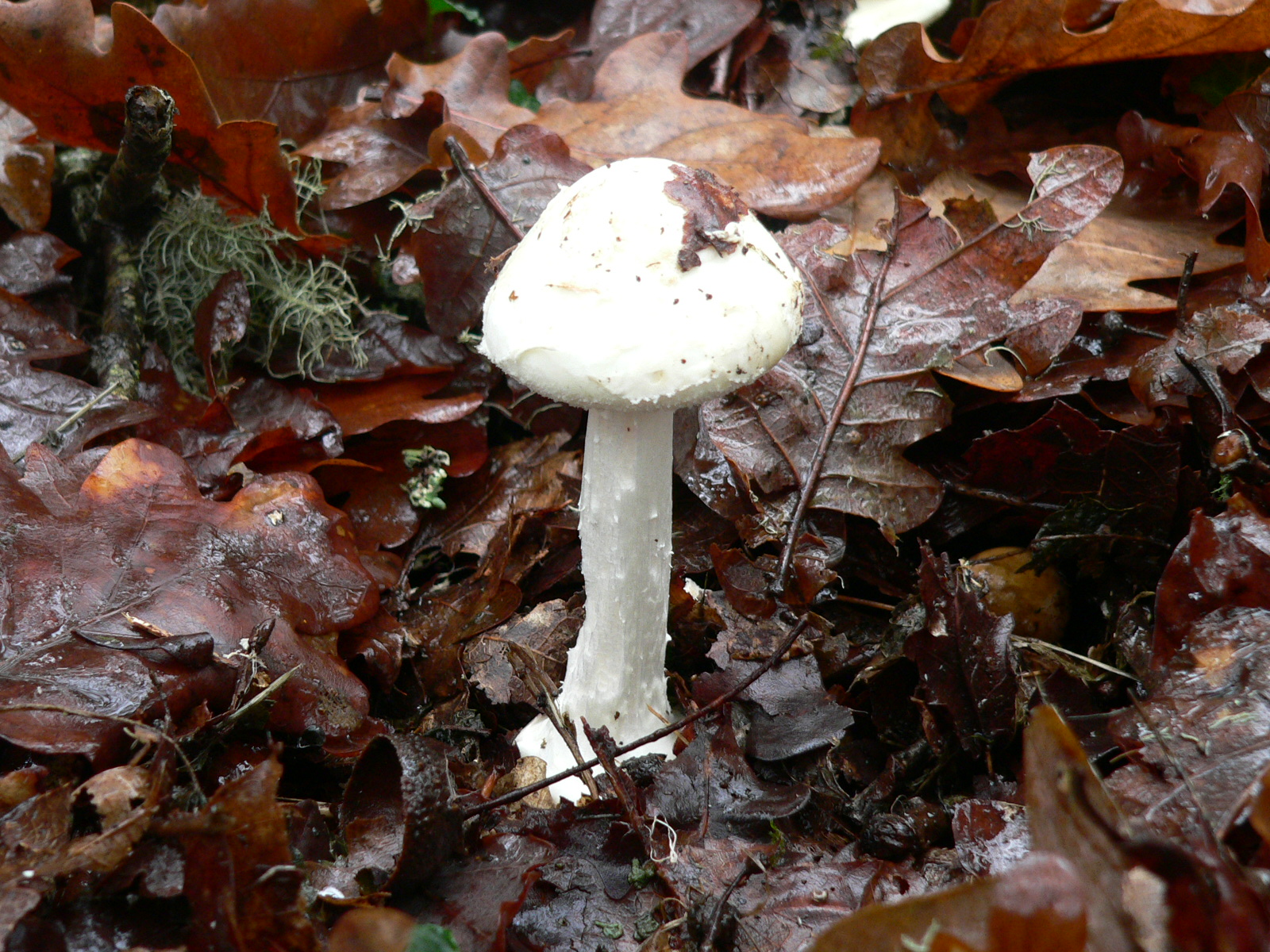|
Bolitophila Cinerea
''Bolitophila cinerea '' is a Palearctic (Ireland to South Siberian Mountains) species of 'fungus gnat' in the family Bolitophilidae. The eucephalic larvae of ''Bolitophila'' are mycetophagous and live in decaying wood or other organic debris overgrown by fungal plant substrates. The pupa lacks a puparium. ''Bolitophila cinerea'' feeds on a variety of ''Hypholoma'' and ''Pholiota'' species also on species of ''Agaricus'', ''Amanita'', ''Armillaria'', ''Boletus'', ''Collybia'', ''Flammulina'', ''Hebeloma'', '' Lacrymaria'' and ''Marasmius ''Marasmius'' is a genus of mushroom-forming fungi in the family Marasmiaceae. It contains about 500 species of agarics, of which a few, such as '' Marasmius oreades'', are edible. However, most members of this genus are small, unimpressive ...''. Adults have been obtained in emergence traps in a range of situations including rotting wood and soil litter.Jakovlev, J. 2011: Fungus gnats (Diptera: Sciaroidea) associated with dead wooda ... [...More Info...] [...Related Items...] OR: [Wikipedia] [Google] [Baidu] |
Johann Wilhelm Meigen
Johann Wilhelm Meigen (3 May 1764 – 11 July 1845) was a German entomologist famous for his pioneering work on Diptera. Life Early years Meigen was born in Solingen, the fifth of eight children of Johann Clemens Meigen and Sibylla Margaretha Bick. His parents, though not poor, were not wealthy either. They ran a small shop in Solingen. His paternal grandparents, however, owned an estate and hamlet with twenty houses. Adding to the rental income, Meigen's grandfather was a farmer and a guild mastercutler in Solingen. Two years after Meigen was born, his grandparents died and his parents moved to the family estate. This was already heavily indebted by the Seven Years' War, then bad crops and rash speculations forced the sale of the farm and the family moved back to Solingen. Meigen attended the town school but only for a short time. He had learned to read and write on his grandfather's estate and he read widely at home as well as taking an interest in natural history. A lodge ... [...More Info...] [...Related Items...] OR: [Wikipedia] [Google] [Baidu] |
Armillaria
''Armillaria'' is a genus of fungi that includes the '' A. mellea'' species known as honey fungi that live on trees and woody shrubs. It includes about 10 species formerly categorized summarily as ''A. mellea''. ''Armillarias'' are long-lived and form the largest living fungi in the world. The largest known organism (of the species ''Armillaria ostoyae'') covers more than in Oregon's Malheur National Forest and is estimated to be 2,500 years old. Some species of ''Armillaria'' display bioluminescence, resulting in foxfire. ''Armillaria'' can be a destructive forest pathogen. It causes "white rot" root disease (see Plant pathology section) of forests, which distinguishes it from ''Tricholoma'', a mycorrhizal (non-parasitic) genus. Because ''Armillaria'' is a facultative saprophyte, it also feeds on dead plant material, allowing it to kill its host, unlike parasites that must moderate their growth to avoid host death. Description The basidiocarp (reproductive struc ... [...More Info...] [...Related Items...] OR: [Wikipedia] [Google] [Baidu] |
Marasmius
''Marasmius'' is a genus of mushroom-forming fungi in the family Marasmiaceae. It contains about 500 species of agarics, of which a few, such as '' Marasmius oreades'', are edible. However, most members of this genus are small, unimpressive brown mushrooms. Their humble appearance contributes to their not being readily distinguishable to non-specialists, and they are therefore seldom collected by mushroom hunters. Several of the species are known to grow in the characteristic fairy ring pattern. The author of the genus was Elias Magnus Fries, who in 1838 classified white-spored agarics having a tough central stipe in this taxon if they were marcescent, i.e. they could dry out but later revive when moistened. For Fries, marcescence — by contrast with the " putrescent" (decomposing) nature of most mushrooms — was an important character for classification, which he used to separate this group from genus '' Collybia'' (which has now been split into many newer gen ... [...More Info...] [...Related Items...] OR: [Wikipedia] [Google] [Baidu] |
Lacrymaria (fungus)
''Lacrymaria'' is a genus of fungi A fungus ( : fungi or funguses) is any member of the group of eukaryotic organisms that includes microorganisms such as yeasts and molds, as well as the more familiar mushrooms. These organisms are classified as a kingdom, separately from ... in the family (biology), family Psathyrellaceae. A 2008 estimate placed 14 species in the widespread genus. Species *''Lacrymaria asperospora'' (Cleland) Watling (1979) *''Lacrymaria atricha'' (Berk.) Kits van Wav. (1995) *''Lacrymaria castanophylla'' (Berk.) Kits van Wav. (1995) *''Lacrymaria glareosa'' (J.Favre) Watling (1979) *''Lacrymaria hemisodes'' (Berk.) Kits van Wav. (1995) *''Lacrymaria hypertropicalis'' (Guzmán, Bandala & Montoya) Cortez (2005) *''Lacrymaria ignescens'' (Lasch) S.Lundell & Nannf. (1979) *''Lacrymaria lacrymabunda'' (Bull.) Pat. (1887) **var. ''olivacea'' Häffner (1995) *''Lacrymaria phlebophora'' Pat. (1898) *''Lacrymaria pyrotricha'' (Holmsk.) Konrad & Maubl. (1925) ... [...More Info...] [...Related Items...] OR: [Wikipedia] [Google] [Baidu] |
Hebeloma
''Hebeloma'' is a genus of fungi in the family Hymenogastraceae. Found worldwide, it contains the poison pie or fairy cakes ''(Hebeloma crustuliniforme)'' and the ghoul fungus ''( H. aminophilum)'', from Western Australia, which grows on rotting animal remains. Etymology The generic name is a compound Ancient Greek word ''hēbē'' (ἥβη), "youth" or "puberty" and the suffix -''loma'' (λόμα), a fringe (pertaining to the fungal veil). Thus, ''Hebeloma'' translates as "fringe of youth", in reference to how the fungal veil is only seen in immature specimens. Taxonomic placement The placement of the genus ''Hebeloma'' within the fungal taxonomic tree has varied over time. Historically it has been most often placed in the order Agaricales but was placed Cortinariales in the 8th edition of the Dictionary of the Fungi. The most recent inter-generic placement (Knudsen & Vesterholt, 2nd ed, 2012)) places it the family Hymenogastraceae The Hymenogastraceae is a family of fung ... [...More Info...] [...Related Items...] OR: [Wikipedia] [Google] [Baidu] |
Flammulina
''Flammulina'' is a genus of fungi in the family Physalacriaceae. The genus, widespread in temperate regions, has been estimated to contain 10 species. List of species * '' Flammulina callistosporioides'' * '' Flammulina elastica'' * '' Flammulina fennae'' * '' Flammulina ferrugineolutea'' * ''Flammulina filiformis'' (enokitake) * '' Flammulina finlandica'' * '' Flammulina mediterranea'' * '' Flammulina mexicana'' * '' Flammulina ononidis'' * '' Flammulina populicola'' * '' Flammulina rossica'' * '' Flammulina similis'' * '' Flammulina stratosa'' * ''Flammulina velutipes ''Flammulina velutipes'' is a species of gilled mushroom in the family Physalacriaceae. In the UK, it has been given the recommended English name of velvet shank. The species occurs in Europe and North America. Until recently ''Flammulina veluti ...'' (velvet shank) References External links * The Genus ''Flammulina''* Physalacriaceae Agaricales genera {{Physalacriaceae-stub ... [...More Info...] [...Related Items...] OR: [Wikipedia] [Google] [Baidu] |
Collybia
''Collybia'' (in the strict sense) is a genus of mushrooms in the family Tricholomataceae. The genus has a widespread but rare distribution in northern temperate areas, and contains three species that grow on the decomposing remains of other mushrooms. Until recently a large number of other white-spored species, some very common, were assigned to this genus, but now the majority have been separated into other genera: ''Gymnopus'', '' Rhodocollybia'' and '' Dendrocollybia''. ''Collybia'' sensu lato ''Collybia'' sensu lato is one of the groups of fungi of the order Agaricales that has created taxonomic differences of opinion in the scientific community. The generic name ''Collybia'' is due to Elias Magnus Fries and first appeared in 1821. ''Collybia'' was originally a tribe from an Agaricus classification. In 1857, Friedrich Staude recognized ''Collybia'' as a genus. The name ''Collybia'' means "small coin". Later in his systematic work of 1838, Fries characterized ''Collybia' ... [...More Info...] [...Related Items...] OR: [Wikipedia] [Google] [Baidu] |
Boletus
''Boletus'' is a genus of mushroom-producing fungi, comprising over 100 species. The genus ''Boletus'' was originally broadly defined and described by Carl Linnaeus in 1753, essentially containing all fungi with hymenial pores instead of gills. Since then, other genera have been defined gradually, such as ''Tylopilus'' by Petter Adolf Karsten in 1881, and old names such as ''Leccinum'' have been resurrected or redefined. Some mushrooms listed in older books as members of the genus have now been placed in separate genera. These include such as ''Boletus scaber'', now ''Leccinum scabrum'', ''Tylopilus felleus'', ''Chalciporus piperatus'' and ''Suillus luteus''. Most boletes have been found to be ectomycorrhizal fungi, which mean that they form a mutualistic relationship with the roots system of certain kinds of plants. More recently, ''Boletus'' has been found to be massively polyphyletic, with only a small percentage of the over 300 species that have been assigned to ''Boletus' ... [...More Info...] [...Related Items...] OR: [Wikipedia] [Google] [Baidu] |
Amanita
The genus ''Amanita'' contains about 600 species of agarics, including some of the most toxic known mushrooms found worldwide, as well as some well-regarded edible species. This genus is responsible for approximately 95% of the fatalities resulting from mushroom poisoning, with the death cap accounting for about 50% on its own. The most potent toxin present in these mushrooms is α-Amanitin. The genus also contains many edible mushrooms, but mycologists discourage mushroom hunters, other than experts, from selecting any of these for human consumption. Nonetheless, in some cultures, the larger local edible species of ''Amanita'' are mainstays of the markets in the local growing season. Samples of this are ''Amanita zambiana'' and other fleshy species in central Africa, ''Amanita basii, A. basii'' and similar species in Mexico, ''Amanita caesarea, A. caesarea'' and the "Blusher" ''Amanita rubescens'' in Europe, and ''Amanita chepangiana, A. chepangiana'' in South-East Asia. Other s ... [...More Info...] [...Related Items...] OR: [Wikipedia] [Google] [Baidu] |
Fauna Europaea
Fauna Europaea is a database of the scientific names and distribution of all living multicellular European land and fresh-water animals. It serves as a standard taxonomic source for animal taxonomy within the Pan-European Species directories Infrastructure (PESI). , Fauna Europaea reported that their database contained 235,708 taxon names and 173,654 species names. Its construction was initially funded by the European Council (2000–2004). The project was co-ordinated by the University of Amsterdam The University of Amsterdam (abbreviated as UvA, nl, Universiteit van Amsterdam) is a public research university located in Amsterdam, Netherlands. The UvA is one of two large, publicly funded research universities in the city, the other being ... which launched the first version in 2004, after which the database was transferred to the Natural History Museum Berlin in 2015. References External links Fauna Europaea [...More Info...] [...Related Items...] OR: [Wikipedia] [Google] [Baidu] |
Agaricus
''Agaricus'' is a genus of mushrooms containing both edible and poisonous species, with over 400 members worldwide and possibly again as many disputed or newly-discovered species. The genus includes the common ("button") mushroom (''Agaricus bisporus'') and the field mushroom ('' A. campestris''), the dominant cultivated mushrooms of the West. Members of ''Agaricus'' are characterized by having a fleshy cap or pileus, from the underside of which grow a number of radiating plates or gills, on which are produced the naked spores. They are distinguished from other members of their family, Agaricaceae, by their chocolate-brown spores. Members of ''Agaricus'' also have a stem or stipe, which elevates it above the object on which the mushroom grows, or substrate, and a partial veil, which protects the developing gills and later forms a ring or annulus on the stalk. The genus contains the most widely consumed and best-known mushroom today, '' A. bisporus'', with '' A. arvensis'', ... [...More Info...] [...Related Items...] OR: [Wikipedia] [Google] [Baidu] |
Pholiota
''Pholiota'' is a genus of small to medium-sized, fleshy mushrooms in the family Strophariaceae. They are saprobes that typically live on wood. The genus has a widespread distribution, especially in temperate regions, and contains about 150 species. ''Pholiota'' is derived from the Greek word ''pholis'', meaning "scale". Taxonomic details The genus ''Pholiota'' includes mushrooms, with scaly, glutinous to dry cap surfaces, and that frequently grow on wood or at the bases of trees or on decaying tree roots, and spores that are brown, light brown, or yellowish brown in deposit. These spores are smooth with a germ pore, although the germ pore can be quite narrow in species. Usually the species have pleurocystidia that include a type called chrysocystidia. There have been several varying concepts of the genus, ranging from a pre- molecular era very broad concept that nowadays would include the genera '' Phaeolepiota'', ''Phaeonematoloma'', ''Flammula'', ''Meottomyces'', some '' ... [...More Info...] [...Related Items...] OR: [Wikipedia] [Google] [Baidu] |




